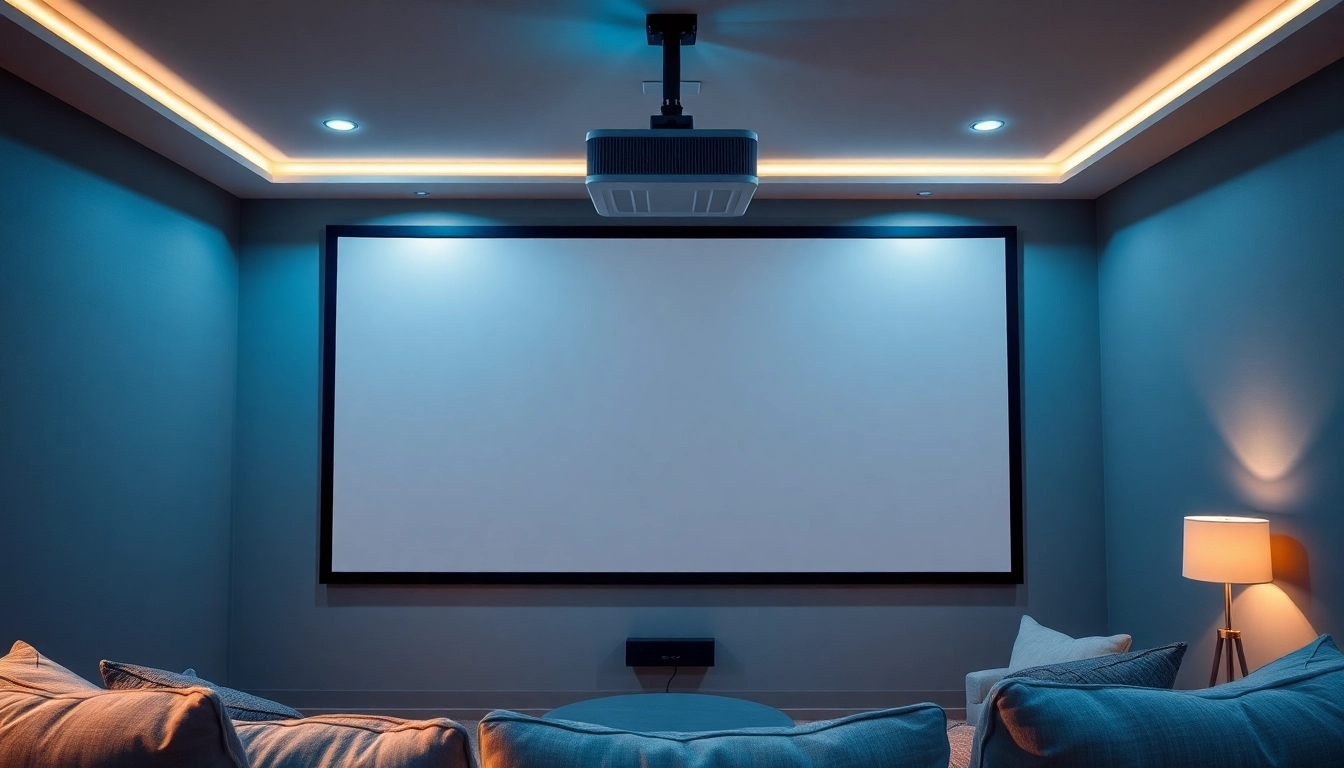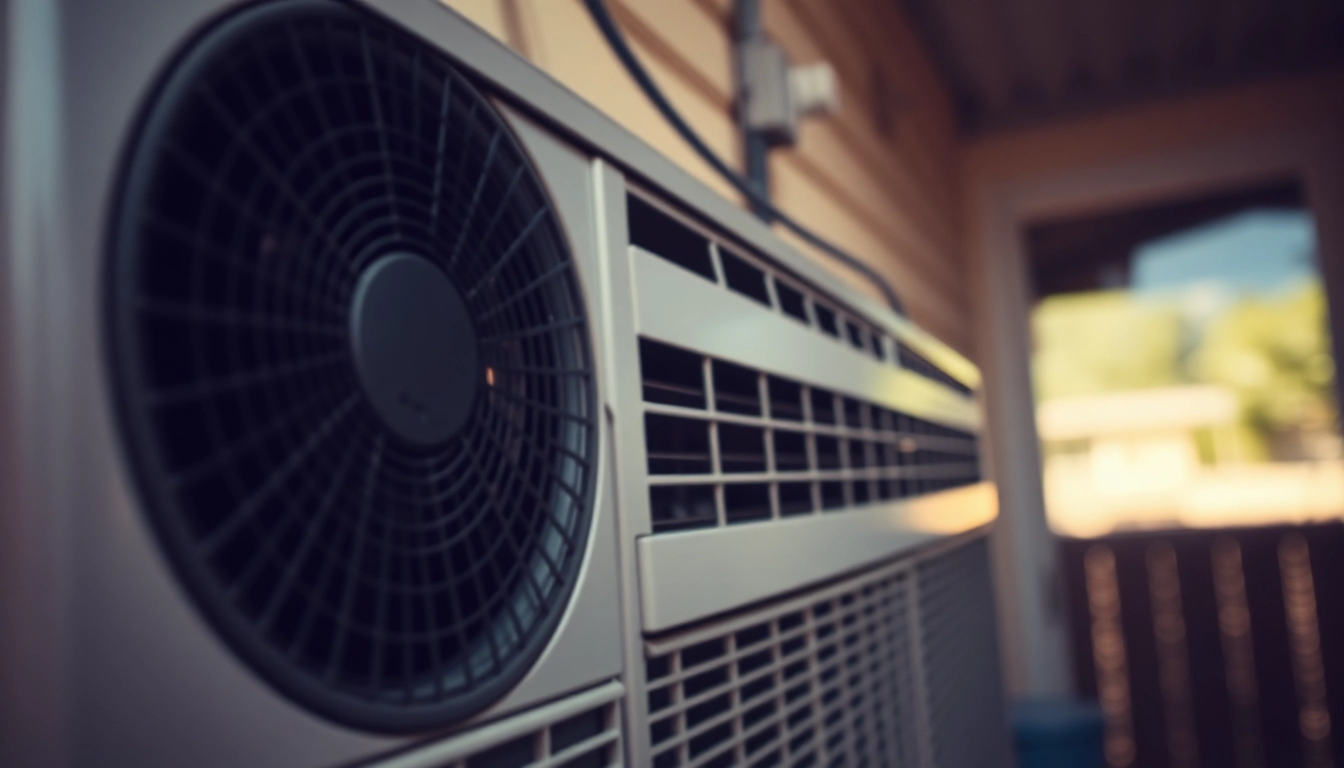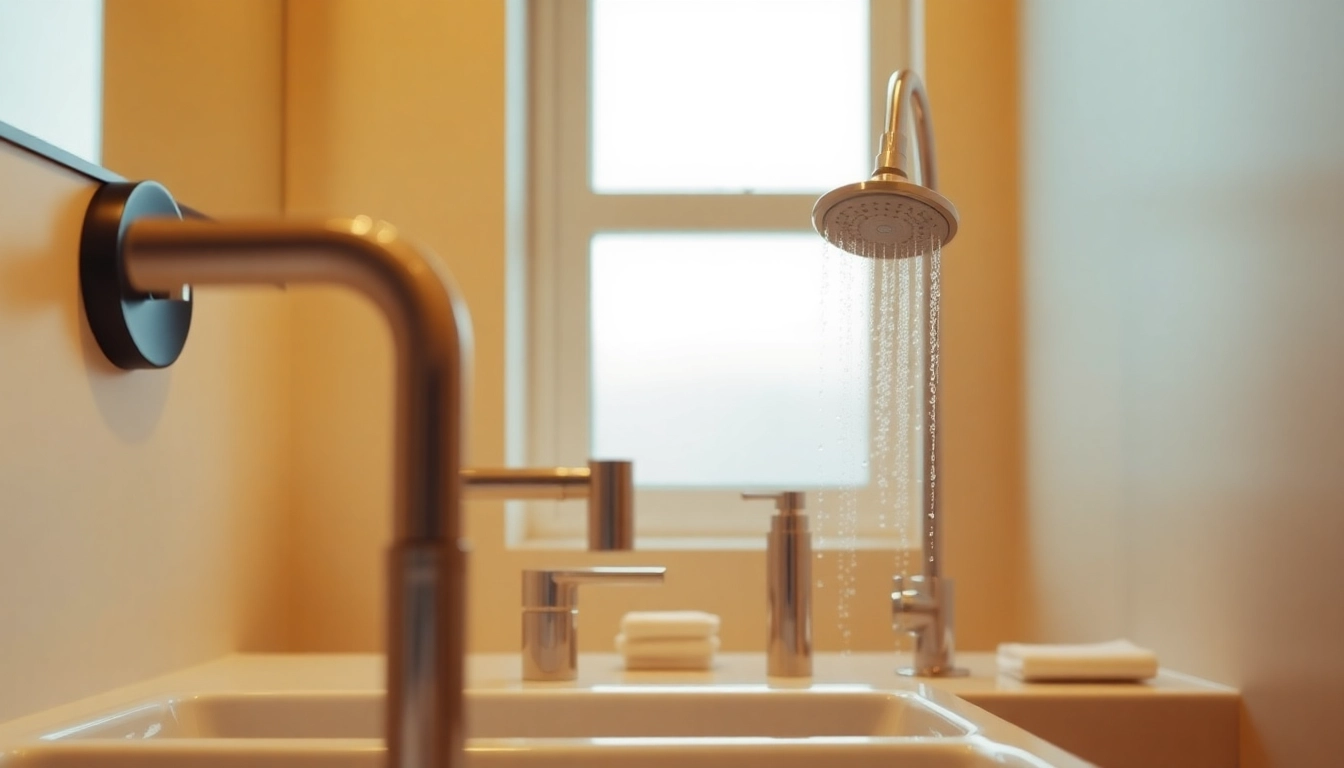Understanding the Fixed Frame Projection Screen
What is a Fixed Frame Projection Screen?
A Fixed Frame Projection Screen is a specialized video projection screen that is designed to be permanently mounted in a fixed location. Unlike portable screens that can be set up and taken down, fixed frame screens are designed for integrated installations, which makes them a popular choice for dedicated home theaters and professional audiovisual setups. These screens typically have a robust frame that provides optimal tension for the screen material, ensuring that the surface remains perfectly flat and taut, which is crucial for achieving the best possible image quality during projection.
Benefits of Using a Fixed Frame Projection Screen
There are several benefits to using a Fixed Frame Projection Screen over other types of projection screens. First and foremost, stability is a key advantage. The fixed frame design helps eliminate wrinkles, waves, and other distortions that might occur with lesser quality screens. This provides superior image clarity and enhances the overall viewing experience.
Moreover, fixed frame screens often become a permanent part of your room’s décor. Many designs include elegant frames that enhance the aesthetics of the space, making them an attractive addition to home theaters or living rooms. Additionally, these screens are available in various sizes and formats, accommodating different aspect ratios, such as 16:9 or 2.35:1, allowing for a tailored viewing experience.
Finally, some fixed frame screens incorporate advanced material technologies that result in better color reproduction, contrast, and even light diffusion. This results in a clearer, more vibrant image that can truly immerse the viewer in movies, sports, and gaming experiences.
Key Features to Look For
When shopping for a Fixed Frame Projection Screen, consider features that impact installation, adjustability, and performance. Key attributes include:
- Screen Material: Different materials are suited for varying light conditions and projectors, such as matte white for bright rooms or grey for enhanced contrast in darker environments.
- Frame Type: Look for frames with velvet or texture to absorb stray light and enhance image perception.
- Aspect Ratio: Choose a screen that matches the intended use, whether it be widescreen movies, 4K gaming, or standard television broadcasts.
- Installation Systems: Evaluate whether the screen can be wall-mounted or ceiling-mounted, as well as any leveling and alignment features.
- Warranty: A good warranty reflects the manufacturer’s confidence in their product, an important factor when considering a long-term investment.
Choosing the Right Size for Your Space
Common Sizes of Fixed Frame Projection Screens
Fixed Frame Projection Screens come in various sizes to meet diverse needs. Common sizes range from smaller options like 72 inches diagonal, ideal for compact rooms, up to larger options exceeding 150 inches diagonal suitable for dedicated theaters. Selecting the right size is essential to maximize the viewing experience without overwhelming the room space.
Determining the Best Size for Your Viewing Area
To determine the ideal size for your Fixed Frame Projection Screen, consider your room dimensions, seating arrangement, and the distance from the screen to the viewers. The general guideline for optimal viewing distance is approximately 1.5 to 2.5 times the diagonal size of the screen. For example, if you opt for a 100-inch screen, the seating should be positioned between 12.5 to 20 feet away. Measurements should also account for screen height relative to eye level for viewer comfort.
Impact of Screen Size on Viewing Experience
The size of your Fixed Frame Projection Screen has a direct impact on the immersive experience. Larger screens can create a more dramatic and engaging environment but may not be suitable for all spaces. Conversely, smaller screens may miss the impact of grandeur, especially in a setting intended for cinematic experiences. Visual engagement is crucial; ensure that the viewer’s field of vision can comfortably encompass the screen without straining the neck or eyes.
Installation Tips for Your Fixed Frame Projection Screen
Required Tools and Materials
Before beginning installation, gather essential tools. Commonly required items include a drill, level, measuring tape, stud finder, and mounting brackets that come with your screen. It’s also useful to have a helper for larger screens, as they can be cumbersome. Additional safety gear like goggles and gloves can ensure a secure process.
Step-by-Step Installation Guide
- Preparation: Begin by measuring your wall space where the screen will be mounted. Mark the desired height ensuring it is at eye level when seated.
- Locate Studs: Use a stud finder to locate wall studs for secure mounting. Mark these locations for the installation brackets.
- Attach Mounting Brackets: Using a drill, secure the mounting brackets to the wall at the marked studs, ensuring they are level.
- Hang the Screen: If available, have a partner assist in aligning and hanging the screen onto the brackets, ensuring it fits securely.
- Final Adjustments: Level the screen and make any necessary adjustments to maximize alignment and performance.
Troubleshooting Common Installation Issues
Even with careful planning and execution, issues may arise during installation. One common issue is misalignment. If the screen appears skewed, carefully unscrew the brackets and readjust them while utilizing a level to ensure proper alignment.
Another potential problem is inadequate wall support, resulting in a drooping screen. If hangers are not mounted in studs, consider using wall anchors to provide extra strength. Lastly, visual distortions may occur if the screen is not perfectly flat. Ensure that any tension settings on the screen are properly adjusted.
Maintaining Your Fixed Frame Projection Screen
Cleaning and Care Tips
Maintenance is crucial to preserving your Fixed Frame Projection Screen’s performance. Regular dusting using a soft microfiber cloth can prevent dust buildup which can affect image quality. For deeper cleaning, use a damp cloth with mild soap — never apply aggressive cleaning agents, as they can damage the screen coating.
Protecting Your Screen from Damage
To further prolong the life of your screen, avoid exposing it to direct sunlight or high humidity. If your screen must be placed in such environments, consider blackout curtains or moisture-seeking solutions. Also, avoid leaning objects against or placing items on the screen to prevent scratches and dents.
When to Replace Your Fixed Frame Projection Screen
Determining when to replace your Fixed Frame Projection Screen can vary based on usage and care. Signs of wear include noticeable discolorations, image distortions, or damaged frame components. If your screen material has tears or is excessively faded, it may be time to consider a replacement. Furthermore, advancements in screen technology may warrant an upgrade to enhance the viewing experience, especially if you are investing in higher-quality projection equipment.
Comparing Fixed Frame Projection Screens with Other Options
Fixed Frame vs. Motorized Screens
One alternative to fixed frame screens is the motorized screen, which can be retracted and hidden when not in use. While these offer flexibility, they often lack the tension and stability found in fixed frame options, leading to potential image distortion. Additionally, the installation can be more complex and costly. However, motorized screens may suit environments where space usage changes frequently or in multipurpose rooms.
Fixed Frame vs. Portable Screens
Portable screens, on the other hand, are designed for convenience and often come with their carry bags. They can be easily set up and dismantled, making them suitable for presentations on the go. The trade-off, however, is that portable screens may not provide the same level of image quality or durability due to the lack of a rigid frame.
Cost Comparisons and Value for Money
In terms of cost, Fixed Frame Projection Screens often represent a higher upfront investment than their motorized or portable counterparts, owing to their construction and performance capabilities. However, considering factors such as longevity, maintenance costs, and image quality, the value for money becomes apparent. Fixed frame screens are a wise investment for dedicated home theaters, often outlasting other screen types and providing returns in terms of enhanced viewing pleasure and satisfaction.



